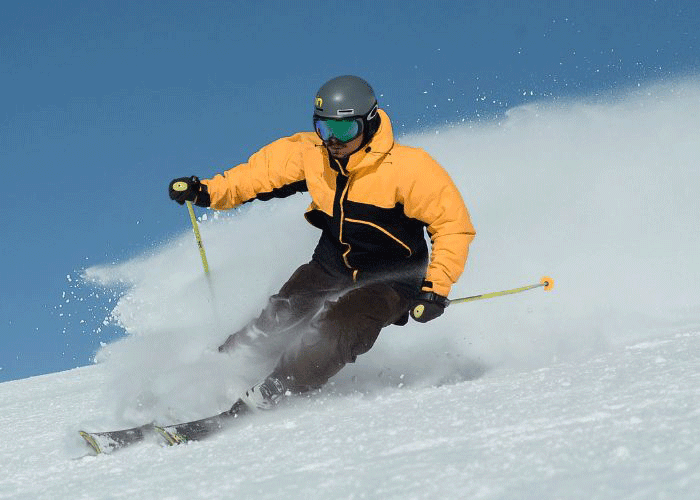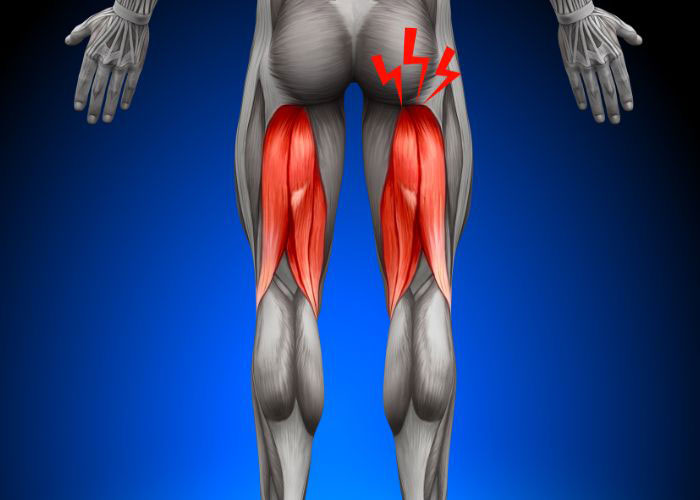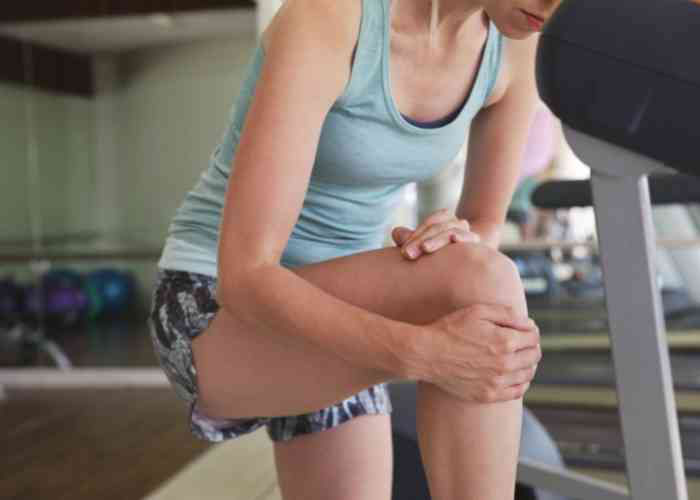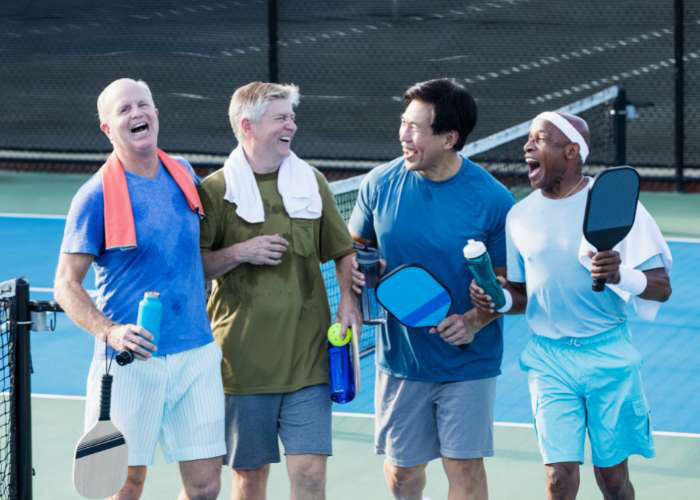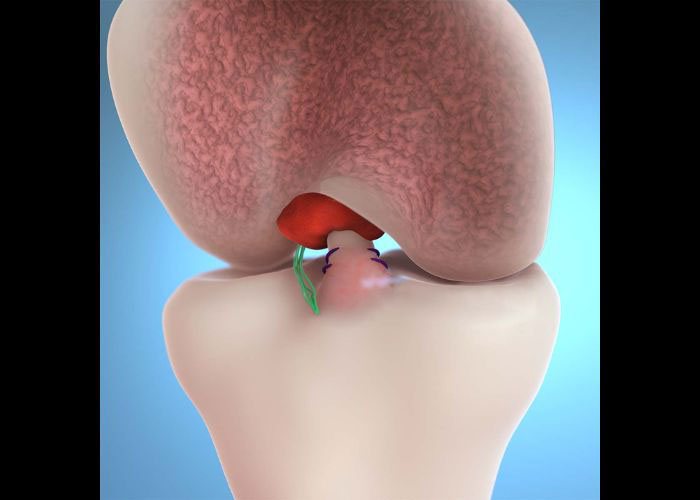What is a labral tear? Is it different from a SLAP tear?
The glenohumeral joint of the shoulder is a ball-and-socket type of joint formed by the articulation of the humeral head (upper arm bone) into the glenoid socket of the scapula (shoulder blade). The labrum is a densely fibrous piece of cartilage that lines the glenoid socket and provides stability while also aiding in joint movement. When the labrum becomes torn or damaged, the shoulder joint is weakened and less stable. A labral tear, when left untreated, can be painful, limit the shoulder’s range of motion, and ultimately lead to recurrent shoulder dislocations.
The labrum that lines the glenoid socket also serves as the attachment point for the biceps tendon. The biceps tendon can become severed from the labrum with an injury to the shoulder and cause the labrum to be torn away from the bone. This condition is known as a Superior Labrum Anterior and Posterior (SLAP) tear. A SLAP tear is often the result of blunt force trauma directly to the shoulder and can create pain deep within the shoulder that worsens with movement.
What is the treatment for a labral or SLAP tear?
Oftentimes, a labral or SLAP tear can be successfully resolved with non-surgical therapies alone. However, if a patient experiences a more severe labral or SLAP tear, or in the event non-surgical therapy is unsuccessful, surgical intervention may be required. The goal of surgical treatment for a labral or SLAP tear is to restore mobility and strength to the shoulder joint. A labral or SLAP tear can be addressed by a minimally invasive arthroscopic procedure involving a small camera (arthroscope) and specialized surgical instruments to repair and fasten the damaged tissues. Dr. Ronak Mukesh Patel, orthopedic shoulder doctor, treats patients in Sugar Land, Pearland, and the Houston, Texas area who have suffered an injury and are in need of a surgical treatment for a labral or SLAP tear.

What techniques are used to treat a labral or SLAP tear?
Dr. Patel performs shoulder arthroscopy to determine the best technique to repair a labral or SLAP tear. The patient is placed under anesthesia and positioned on the table before starting the procedure. Dr. Patel begins by creating small incisions surrounding the glenohumeral joint. A small camera (arthroscope) is inserted through a portal and the images are relayed to a screen for Dr. Patel to methodically examine the bones, muscles, ligaments, and tendons of the shoulder joint. A sterile solution is continuously circulated throughout the joint to enhance the visualization of these shoulder joint structures. He can then determine the best option to address the labral or SLAP tear with either:
- Debridement: This technique is utilized in SLAP tears that do not involve the biceps tendon or labral tears in older patients without instability. In this procedure, the torn or frayed portions of the labrum are excised to a smooth edge.
- SLAP or Labral Repair: This approach is routinely used in younger patients with symptoms of a labral or SLAP tear as it allows them to remain physically active if they desire. Specialized surgical instruments are then introduced to excise and remove the damaged tissue fragments and prepare the glenoid socket or labrum reattachment. Special surgical anchors that are secured within the bone are used to fasten the labrum into its correct anatomical position in the glenoid socket.
- Biceps Tenodesis: This surgical approach is used in the cases of severe SLAP tears involving the biceps tendon, particularly in older patients. In this operation, Dr. Patel releases the biceps tendon from the labral attachment site, removes the damaged portion of the tendon, and then reattaches the tendon to the humerus (upper arm bone).
What is the recovery period like after arthroscopic repair of a labral or SLAP tear?
The recovery period following labral or SLAP tear surgery can vary and is largely dependent upon the severity of the injury and the complexity of the surgical procedure. Although the minimally invasive arthroscopic surgical technique has been shown to shorten the recovery time, the soft tissues still take the same amount of time to heal. The recovery period can also be affected by the patient’s willingness to comply with the post-operative care instructions set forth by Dr. Patel. Patients in Sugar Land, Pearland, and the Houston, Texas area can typically expect the following:
- Immediately following surgery, the shoulder joint will be immobilized with a sling and remain for approximately 2 to 6 weeks, as determined by Dr. Patel.
- Ice packs can be applied directly to the shoulder to reduce post-operative swelling.
- Passive range of motion exercises will begin 1-2 weeks after surgery.
- Active range of motion exercises will begin after clearance by Dr. Patel.
- A physical rehabilitation program will be prescribed once cleared by Dr. Patel. This physical therapy program will focus on gradually restoring range of motion and then strength to the shoulder. The key to a successful recovery following labral or SLAP tear surgery is active participation and completion of this physical therapy program.
Labral-SLAP Tear Surgeon

Have you experienced a severe SLAP or labral tear? If so, arthroscopic surgery is an excellent treatment option. This minimally invasive surgery is used to repair tears and damage in the shoulder joint. Complex shoulder surgeon, Doctor Ronak Mukesh Patel, is experienced in diagnosing and treating patients in Houston, Sugar Land, and Pearland, TX who experience severe shoulder pain. Contact Dr. Patel’s team today!
